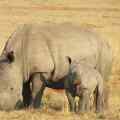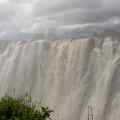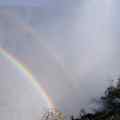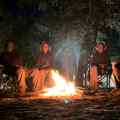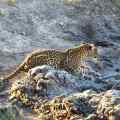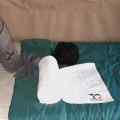Kubu Island
Lekhubu Island
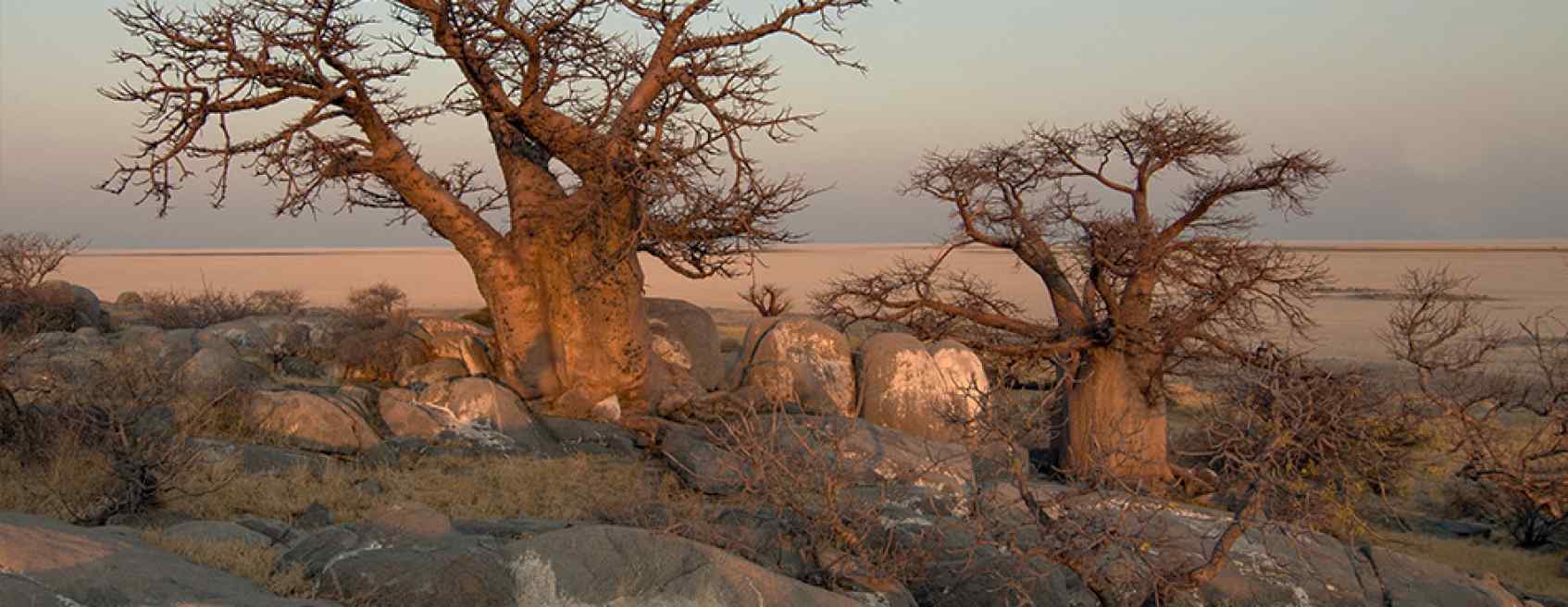
Lekhubu Island, in the Makgadikgadi Pans, is one of the uniquely beautiful features of the pans. This granite outcrop, growing up from the surrounding flat salt pans as one approaches it, is about three stories high and a kilometre long. It is situated in the southwest of Sowa Pan. It is a crescent-shaped island with terraced slopes and fossil beaches of wave-rounded pebbles, indicating the prehistoric lake’s erstwhile water levels. Decorated with a display of ancient, gnarled baobabs on top and surrounded on three sides by a seemingly endless stretch of salt pan, Khubu Island looks like the birthday cake of a wild giant witch.
This giant’s fruit cake is decorated by massive Baobab trees, each with its own unique shape and form. Each depicting the kind of surreal shapes that gives one the feeling that this island is somehow haunted. That there are all kinds of invisible spirits wandering around the place. This feeling has been recognised by the locals who attach a kind of spiritual sacredness to the place and there is a small cave where visitors can leave offerings to the spirits on the eastern side of the island.
Lekhubu, the original desert island, lies near the south-western corner of Sowa Pan. The island, an ancient 20-metre high scrap of rock, is one tenuous finger of grass with its ghostly Baobabs surrounded by a sea of salt. It is said that in cool weather, this bizarre sight can make you feel like castaways on an alien planet.
‘Kubu’ is a Setswana name for a hippopotamus while ‘lekhubu’ means a rock outcrop and as unlikely as it may seem, given the current environment, the site may have been inhabited as recently as some 1,000 years ago. On one shore lies an ancient crescent-shaped stone enclosure that has yielded numerous pot shards, stone tools and Ostrich eggshell beads.
The 14 camp sites are nicely laid out and managed by the Gaing-O Community Trust. Each site has a rock fireplace, and there is a long-drop toilet in the vicinity. Visitors must provide their own water for hygiene and for cooking.


